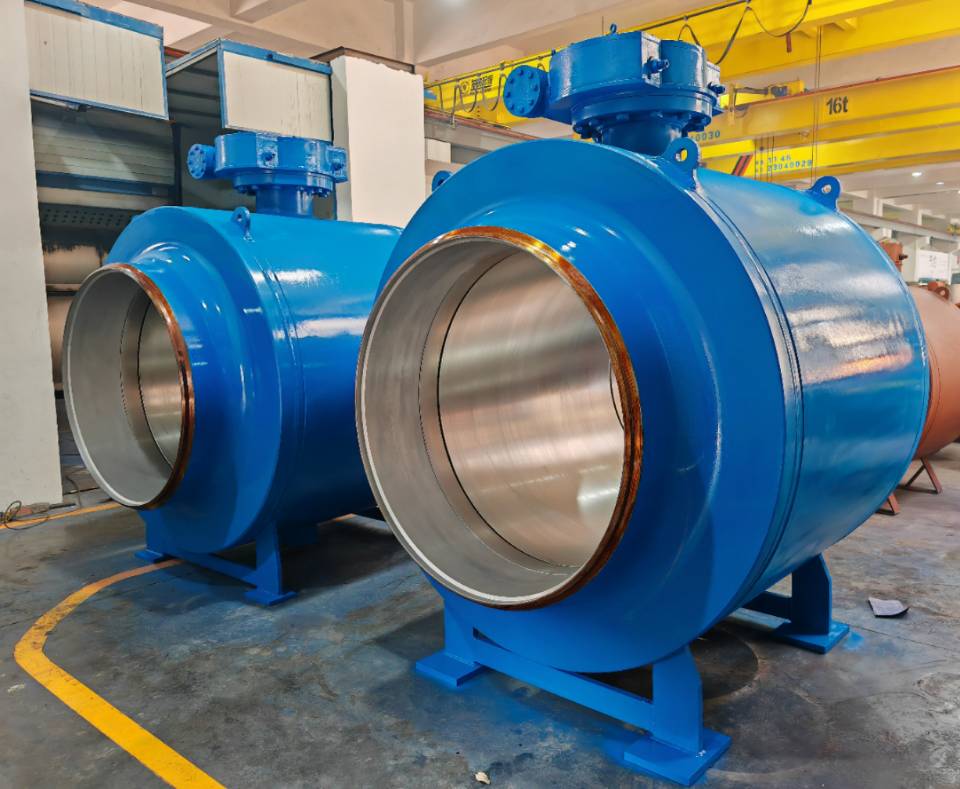Innovative DN100 Flange Design for Enhanced Performance and Seamless Integration in Industrial Applications
Understanding DN100 Flanges An Essential Component in Piping Systems
Flanges are integral components in piping systems, serving as a connection point between two pipes, valves, or other equipment. Among various types of flanges, the DN100 flange stands out due to its widespread use and critical role in ensuring the integrity and safety of fluid transport systems.
The designation DN refers to Diameter Nominal, which is a European standard (EN 1092) used to indicate the nominal diameter of pipe fittings. A DN100 flange specifically denotes that it has a nominal diameter of 100 millimeters, which is approximately 4 inches. This size is commonly utilized in various applications, ranging from water supply and sewage systems to oil and gas industries.
Material Considerations
DN100 flanges can be made from a variety of materials, each selected based on the specific requirements of the application. Common materials include carbon steel, stainless steel, plastic, and bronze. Carbon steel flanges are often used in environments where abrasion resistance and strength are necessary, while stainless steel flanges provide excellent corrosion resistance, making them ideal for use in chemical processing and food industries.
The choice of material not only affects the flange's performance but also its longevity. Corrosive environments necessitate the use of corrosion-resistant materials, ensuring that flanges do not degrade over time, which could lead to leaks or system failures.
Types of DN100 Flanges
Several types of DN100 flanges can be found in the market, each designed for specific applications. The most common types include
1. Weld Neck Flanges These flanges have a long tapered neck that provides a gradual transition to the pipeline, which helps to reduce stress concentrations. They are ideal in high-pressure applications.
dn100 flange

2. Slip-On Flanges Slip-on flanges are designed to slide over the pipe and are then welded both inside and outside. They are easier to align and install, making them popular for low-pressure applications.
3. Blind Flanges As the name suggests, blind flanges are used to close off the end of a piping system. They provide a strong seal and can be useful in maintenance operations where sections of the piping need to be isolated.
4. Socket Weld Flanges These flanges involve a socket that allows for the pipe to be inserted and then welded around it. This design is useful in high-pressure applications, where a more robust connection is needed.
5. Threaded Flanges Threaded flanges have internal threads that allow them to be bolted directly onto the pipe. They are ideal for low-pressure systems and when welding is not feasible.
Installation Considerations
Proper installation of DN100 flanges is crucial to ensure leak-free connections. When assembling flanges, it is important to use the correct gaskets and to follow torque specifications as per the manufacturer's recommendations. Additionally, flanges must be aligned properly to avoid shear forces that could damage either the flange or the connected equipment.
Conclusion
The DN100 flange is a critical component in many piping systems, providing not only a means of connection but also a guarantee of safety and reliability when transporting fluids. By understanding the various types, materials, and installation techniques associated with DN100 flanges, engineers and maintenance personnel can ensure optimal performance and longevity in their fluid transport systems. Whether in industrial applications or municipal infrastructure, the DN100 flange remains a key player in the world of piping.
-
The Key to Fluid Control: Exploring the Advantages of Ball Valves in Industrial SystemsNewsJul.09,2025
-
The Versatile World of 1, 2, and 3 Piece Ball ValvesNewsJul.09,2025
-
Stainless Steel Ball Valves: The Ideal Choice for Efficient Flow ControlNewsJul.09,2025
-
Optimizing Fluid Control with Ball Float ValvesNewsJul.09,2025
-
Manual Gate Valves: Essential for Control and EfficiencyNewsJul.09,2025
-
Everything You Need to Know About Butterfly ValvesNewsJul.09,2025
-
The Versatility of Wafer Type Butterfly ValvesNewsJul.08,2025




